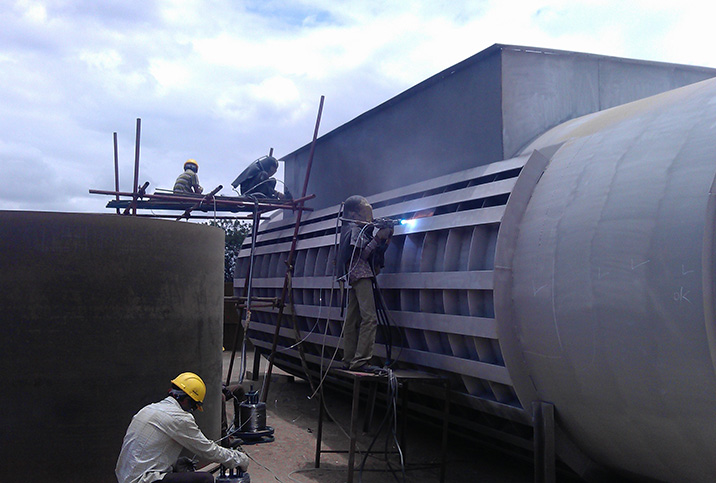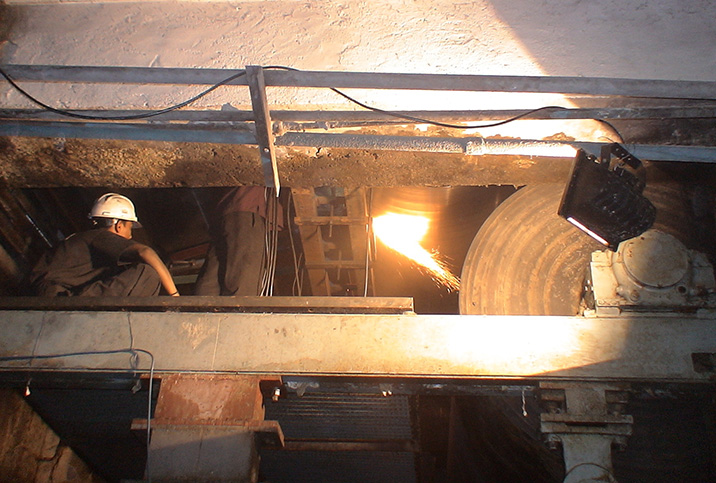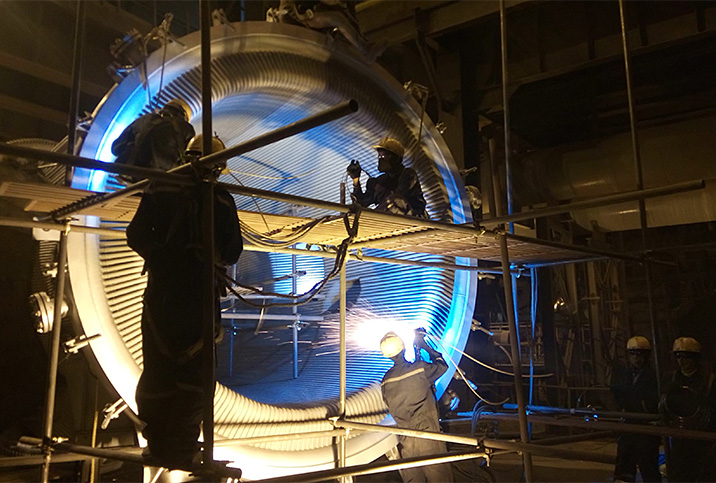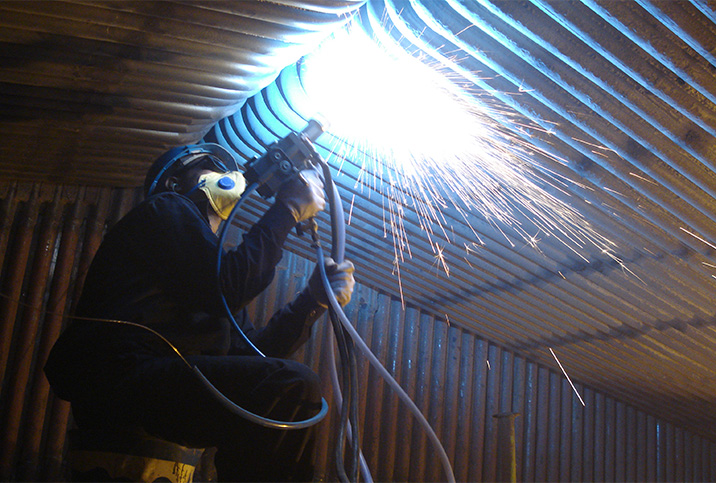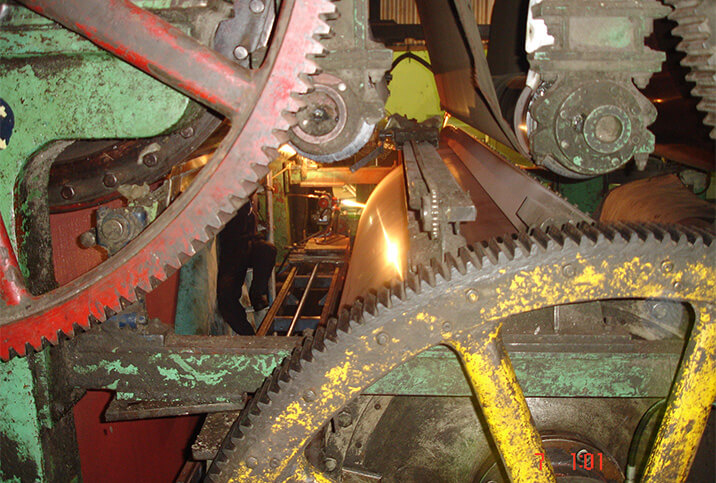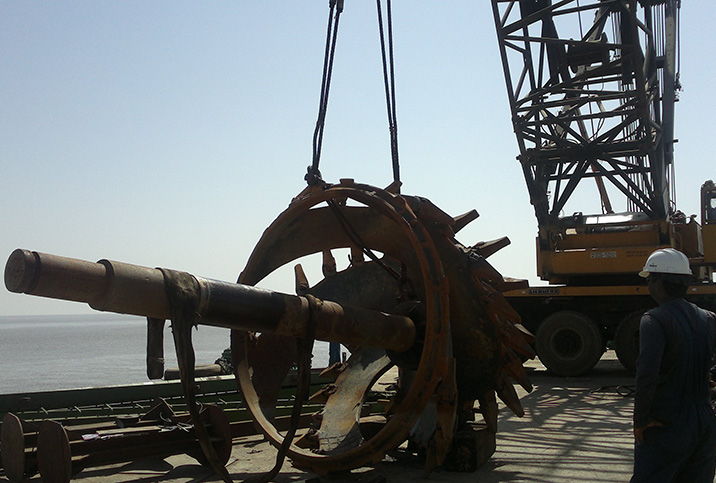Onsite Repairing by Machining & Metallizing
Onsite repairing by machining and metallizing is a critical service offered to industries where large, complex, and expensive equipment cannot be easily replaced or transported. This method helps restore the functionality and extend the service life of components that are subject to wear, corrosion, or damage in high-demand environments.
Here's a detailed overview of onsite repairing using machining and Metallizing:
Onsite Machining
Onsite machining involves the use of specialized portable equipment to repair or recondition parts at the job site, eliminating the need for disassembly or transportation to a workshop. This method is often used for large or immovable machinery and equipment, including turbines, pumps, compressors, and industrial machinery.
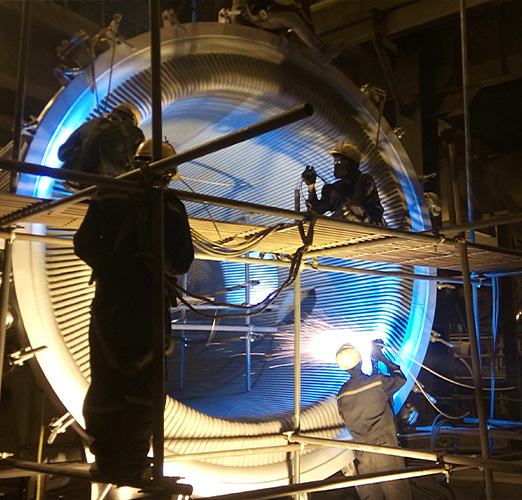
Types of Onsite Machining:
- Boring, Milling, and Drilling: These processes are used for enlarging, shaping, or drilling holes in parts that are worn or misaligned. It’s common in repairing large mechanical components like engine blocks or heavy-duty machinery.
- Grinding: Onsite grinding is used to restore precision surfaces, remove surface damage, or correct dimensional inaccuracies. This is often applied to shafts, bearings, and other components that need a fine surface finish.
- Turning: For cylindrical components, onsite turning can be used to recondition or reshape parts such as shafts, pistons, and rods.
- Flange Facing: A precise method of machining the surface of flanges to ensure a proper seal for pipelines and equipment.
- Line Boring: Used for repairing or refurbishing damaged holes in large machinery, allowing alignment of key components like bearings, bushings, and shafts.
- Surface Repairing: If surfaces of parts are damaged or corroded, onsite machining can restore the surface back to its original condition without removing the part from its operational location.
Benefits
- Reduced Downtime: Eliminates the need for equipment removal and transportation to a workshop, minimizing production downtime.
- Cost-Effective: Saves on the costs associated with disassembly, transport, and reassembly of equipment.
- Precision: Ensures high-quality repairs with accurate tolerances and finishes.
- Flexibility: Can be performed in difficult-to-reach areas, including heavy-duty machines and industrial plants.
Onsite Metallizing (Thermal Spray Coating)
Metallizing is a process where a metal coating is applied to a component’s surface to restore its dimensions, improve its wear resistance, and protect it from corrosion or extreme environmental conditions. Onsite metallizing (often referred to as thermal spray coating) can be performed directly at the job site, making it highly convenient for industries like oil and gas, power generation, marine, and manufacturing.
Applications of Onsite Metallizing:
- Wear and Corrosion Protection: Protecting parts exposed to abrasive conditions or harsh chemicals, such as in pumps, valves, and shafts.
- Surface Restoration: Restoring worn or damaged parts, such as seals, shafts, and other critical components that have experienced dimensional wear.
- Thermal Barrier Coatings: Used in turbines, engines, and other high-temperature applications to protect components from thermal damage.
- Repair of Worn or Damaged Equipment: Components such as pistons, cylinders, and gears that have been eroded or worn down can be reconditioned using metallizing.
- Increased Durability: High-performance coatings that increase the lifespan of components exposed to high-stress or abrasive environments, such as in mining, marine, and manufacturing equipment.
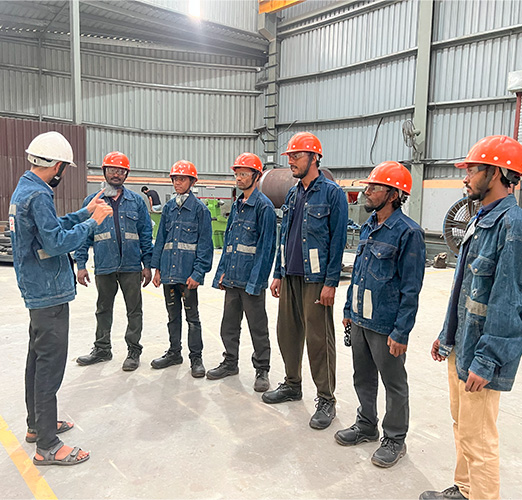
Benefits
- Enhanced Durability: Metallizing provides a thick, protective layer that helps parts resist wear, corrosion, and high temperatures, extending their operational life.
- Quick Turnaround: Onsite metallizing can be completed quickly, reducing equipment downtime significantly.
- Cost-Effective: Extends the life of expensive equipment and machinery by restoring damaged components rather than replacing them entirely.
- Restores Original Dimensions: This process can restore parts to their original dimensions, preventing the need for costly replacements.
- Environmentally Friendly: Onsite metallizing can use materials like zinc, aluminum, or nickel, which are less harmful to the environment compared to traditional coating methods.
Applications of Onsite Repairing by Machining & Metallizing in Industries
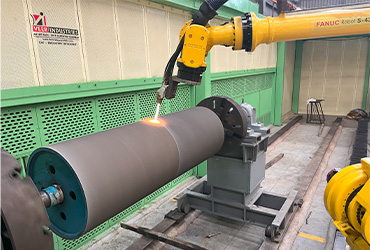
Steel Industries
- Machining: Repairing large components like rollers, shafts, and presses used in steel production.
- Metallizing: Coating parts exposed to wear and high temperatures, such as furnace components and heat exchangers, with corrosion-resistant coatings.
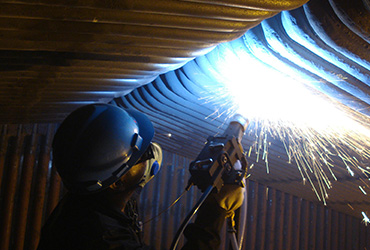
Power Generation
- Machining: Repairing turbine blades, rotors, and other critical components in power plants.
- Metallizing: Applying protective coatings to high-temperature components, such as gas turbines and heat exchangers, to extend their service life.
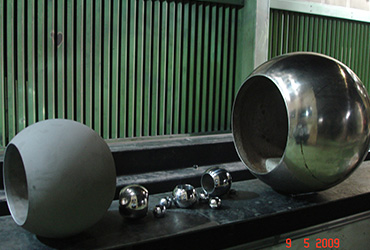
Oil & Gas Refineries
- Machining: Repairing downhole tools, pipes, and other machinery used in drilling operations.
- Metallizing: Coating equipment exposed to harsh environments to protect against corrosion and abrasion in oil and gas refineries.

Marine Industries
- Machining: Repairing large marine engines, shafts, and propellers.
- Metallizing: Protecting components like propellers and rudders from saltwater corrosion and wear using anti-corrosion coatings.
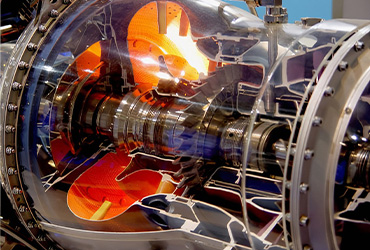
Aerospace Industry
- Machining: Repairing components like turbine blades, landing gear, and other critical aerospace parts.
- Metallizing: Applying wear-resistant coatings to engine parts and heat exchangers to improve performance in high-temperature environments.
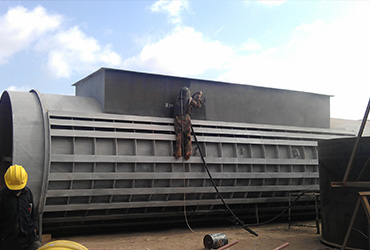
Cement & Mining Industries
- Machining: Repairing crushers, rotary kiln components, and grinding mills used in cement and mining operations.
- Metallizing: Coating parts exposed to abrasive wear, such as conveyor belts, crushers, and hoppers.

Manufacturing
- Machining: Precision repairs of molds, dies, and tooling used in injection molding, casting, and forging.
- Metallizing: Coating mold components and tooling to protect them from wear and extend their usable life.
Advantage of Onsite Repairing by Machining & Metallizing
- Minimized Downtime: Onsite machining and metallizing reduce the time spent removing and transporting equipment, resulting in faster repairs and reduced production downtime.
- Cost Savings: Eliminates the cost of disassembly and transportation of large, expensive equipment to a workshop for repairs.
- Increased Equipment Lifespan: Both machining and metallizing can extend the operational life of machinery, reducing the frequency of replacements.
- Flexibility: Onsite repair services can be performed at any location, making them ideal for remote or difficult-to-access areas, such as offshore rigs, power plants, and large manufacturing sites.
- Expertise: Onsite repair teams bring specialized knowledge and equipment to handle complex repairs and ensure the quality and reliability of the finished components.
